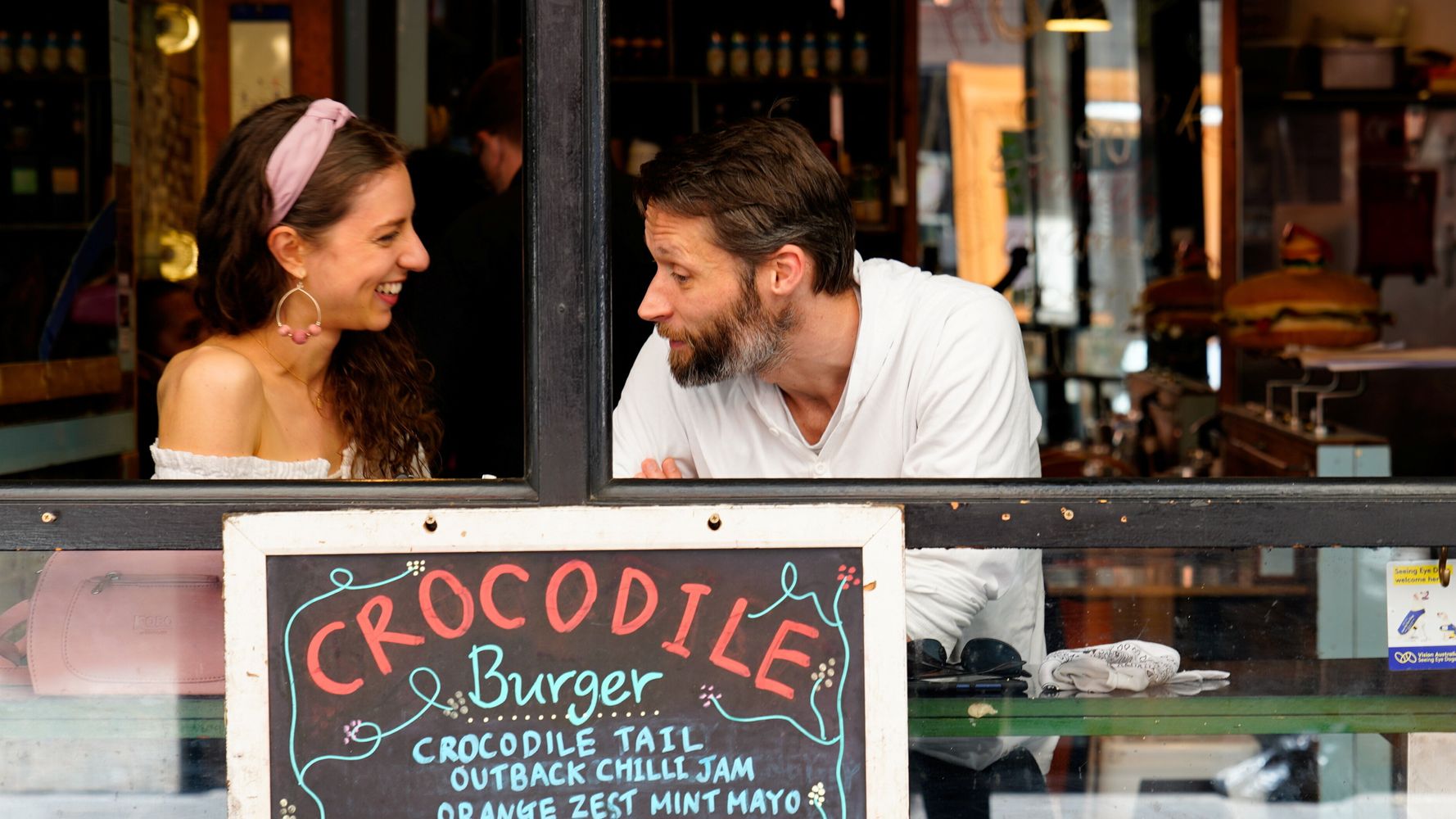SYDNEY (Reuters) ― Australia’s second-largest state, Victoria, once the country’s COVID-19 hotspot, said on Friday it has gone 28 days without detecting any new infections, a benchmark widely cited as eliminating the virus from the community.
The state also has zero active cases after the last COVID-19 patient was discharged from hospital this week, a far cry from August when Victoria recorded more than 700 cases in one day and active infections totalled nearly 8,000.
The spread of the virus was only contained after a lockdown lasting more than 100 days, leaving some 5 million people in Melbourne, Australia’s second largest city, largely confined to their homes.
While the lockdown has seen infections wane, it slowed Australia’s economic recovery from its first recession in three decades after large swathes of the country’s economy were shut down in March.
Australia’s economy shrank 7% in the three months to the end of June, the biggest quarterly decline since records began in 1959. The unemployment rate hit a 22-year high of 7.5% in July as businesses and borders closed to deal with the coronavirus.
The slowdown in cases, however, has seen Australian states and territories remove social distancing restrictions.
Australia’s southern island state, Tasmania, on Friday became the latest to open its border to Victoria, reuniting families who had been apart for months.
“It has been very difficult, but we are going to make up for it. We are going to go to the beach and have beautiful Tasmanian seafood and some pinot noir,” Allison Park, a Victoria resident visiting family in Tasmania, told reporters in the city of Hobart after arriving on a plane from Melbourne.
Victoria is the last state to gain access to Tasmania, which closed its borders in March.
While Australia is removing restrictions in contrast to other countries in Europe, which are imposing curbs to counter a surge of infections, local lawmakers have said only an effective vaccine will restore longstanding normalcy.
Australia has secured access to four vaccine candidates, but its best hope for a quick vaccination programme lies with the AstraZeneca vaccine, which is already being manufactured locally.
The Australian Government has committed to buying 33.8 million doses of the vaccine.
A speedy roll-out of the AstraZeneca came under the microscope, however, when the company said it will likely run an additional global trial to assess the efficacy of its COVID-19 vaccine.
Still, Australia’s Minister for Health Greg Hunt said this would not delay Canberra’s expected timetable to begin vaccinations from March.
Australia’s nearly 28,000 COVID-19 infections recorded to date, according to health ministry data, are far fewer than many other developed countries. Victoria accounts for more than 90% of the country’s 905 deaths.
Calling all HuffPost superfans!
Sign up for membership to become a founding member and help shape HuffPost’s next chapter


